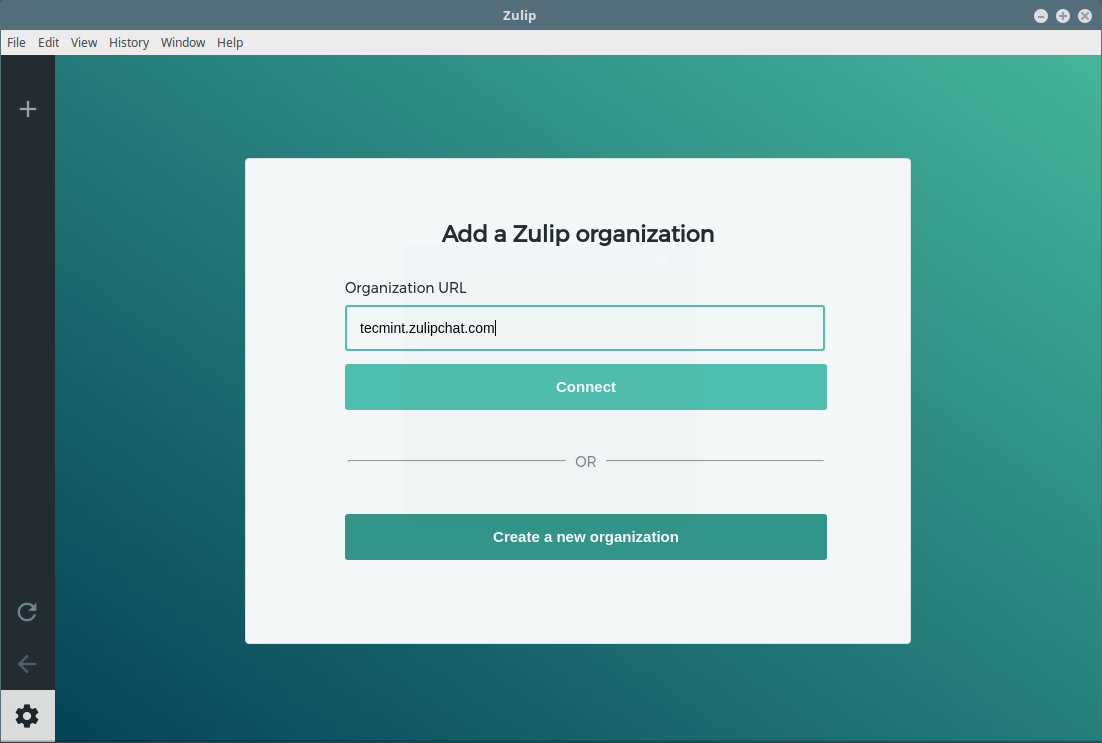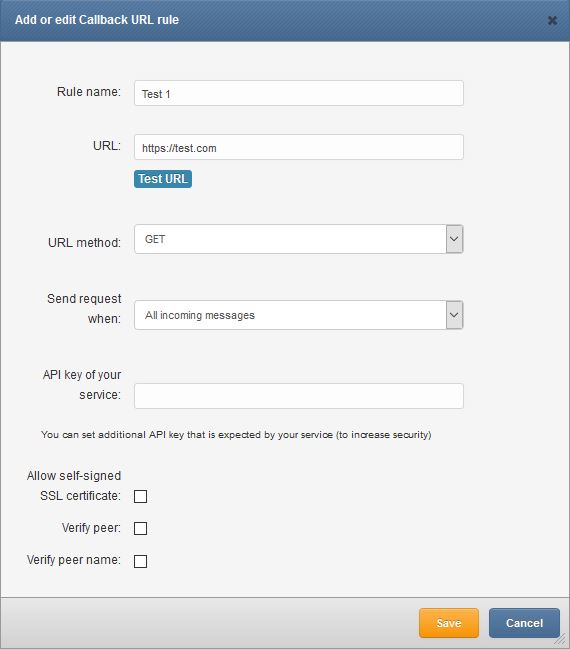

Changing the Visible Portion of the Buffer.Conversion Regarding Particular Requirements.Spell-Checking the Current Entry's Abstract.Checking Single Entries and Entry Groups.Change Case of Reference Type and Field Names.Change Delimiters According to the Default.Add or Delete a Comma after the Last Field.Inherit 'booktitle' from a Crossreferenced Entry.Change Double Page Dashes to Single Ones.Delete Delimiters around Numerical Fields.Removing Unused 'OPT' and 'ALT' Prefixes and Fields.Maintaining Alphabetic Order of Entries.Controlling the Alignment of Fields and Entries.Definition of Entry Contents for each Reference Type.


#Bibdesk add url full#
#Bibdesk add url pdf#
These citations are all I need so that LaTeX can generate a formatted PDF document with the appropriate citations and the corresponding reference list at the end of the document. In the following image, you can see an example LaTeX file (.tex) where I’ve added some dummy text, and in the middle you will see two citations from my.
#Bibdesk add url how to#
However, what I really wanted to show you is how to add citations using LaTeX and your automatically generated BibTeX file (.bib). There are great resources online to learn LaTeX, such as this one. Here’s where the cool (and the only complicated) part is: writing your article using LaTeX syntax. In my example, I have a folder I labeled “Bioinformatics”, therefore Mendeley Desktop automatically generates a Bioinformatics.bib file with all the document details for the references within that folder. bib file with the same name as the folders you created. bib folder as per your settings in the preference menu.Īny articles or references added to a given folder are automatically synchronized and changes reflected in the. The next step is to create a folder where you will store all the articles or references pertaining to your manuscript. bib file for each folder you create in Mendeley Desktop. I chose the middle one, “Create one BibTeX file per collection”. Once there, tick the box labeled “Enable BibTeX syncing” and select one of the options you prefer.

Go to Mendeley Desktop preferences, select the BibTeX tab. Let’s see how we can use these tools along with Mendeley Desktop to get you citing and writing your manuscript. Ok, so we’re now acquainted with LaTeX and BibTeX. For those of you that are unfamiliar with LaTeX, it’s:Ī high-quality typesetting system it includes features designed for the production of technical and scientific documentation.Īnd now let me introduce you to BibTeX too:Ī tool and a file format which are used to describe and process lists of references, mostly in conjunction with LaTeX documents. I could be using these terms to describe Mendeley Desktop, but what I’m going to write in this blog post is about something else, something called LaTeX and BibTeX.


 0 kommentar(er)
0 kommentar(er)
